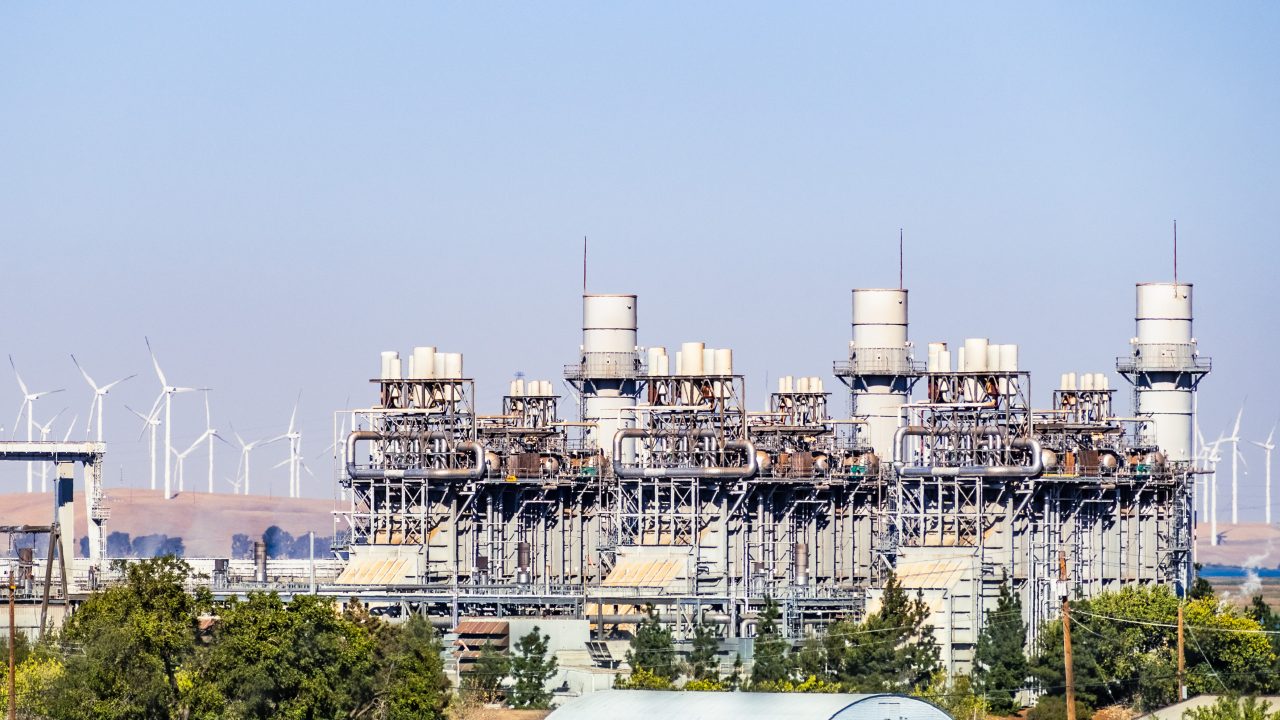
Optical liquid level sensors, or fluid level switches, are compact, solid-state devices that use infrared (IR) technology to provide accurate and reliable liquid detection. By combining an infrared LED and a phototransistor, these sensors determine whether liquid is present or absent at a specific point, enabling early leak detection and dependable single-point level control.
Across industries, liquid level sensors have become critical for protecting equipment, avoiding costly downtime, and improving operational safety. From telecommunications to healthcare, optical sensors provide a low-cost yet highly effective solution that ensures systems remain protected from leaks, overspills, or dry-run conditions.
This article explores the function of optical liquid level sensors, their key applications, and the industries where they add measurable value.
How Optical Liquid Level Sensors Work
Unlike mechanical floats or capacitive sensors, optical liquid level switches have no moving parts, making them durable and low-maintenance. The principle of operation is simple but highly effective:
- In the absence of liquid, the infrared light emitted from the LED is reflected directly back into the phototransistor.
- When liquid is present, the infrared light refracts away, altering the received signal and triggering a response.
- This solid-state design means the sensor is compact, fast-acting, and resistant to wear, making it suitable for long-term use in harsh or sensitive environments.
Main Uses of Optical Liquid Level Sensors
Optical liquid level sensors are primarily used for two critical purposes: leak detection and single-point level control. In leak detection, they provide early identification of even the smallest amounts of liquid that could lead to costly operational disruptions or environmental risks. For single-point level control, these sensors ensure accurate monitoring of high and low liquid levels, supporting automated filling, emptying, and protective shutdowns to prevent overspill or dry-run conditions. Together, these functions significantly reduce downtime, safeguard valuable equipment, and prevent fluid loss, making optical liquid level switches a vital component across a wide range of industries
Leak Detection Applications

Telecommunications
Outdoor telecommunications equipment, such as base stations and metrocell enclosures, is highly vulnerable to rainwater ingress. Even a small leak can lead to corrosion, electrical shorts, or complete system failure.
Installing an optical liquid level switch at the base of the enclosure provides a first line of defense. The sensor detects small amounts of water early, triggering alerts that allow maintenance teams to act before serious service outages or costly damage occur.

Robotic Automation Systems
Industrial robots represent a significant investment, and uptime is critical to production efficiency. These systems use lubricating oils to protect gears, bearings, and joints from overheating and wear.
If an oil leak occurs, the consequences can include contamination of surrounding equipment, performance degradation, and unplanned downtime. Optical liquid level sensors provide immediate leak detection, identifying problems before they escalate into expensive failures.

Peristaltic Pumps
Peristaltic pumps are widely used in industries requiring contamination-free fluid transfer, including food and beverage, pharmaceuticals, and semiconductor manufacturing. The sealed tubing prevents cross-contamination, but if tubing wears or leaks, valuable fluids can be lost, and pumps may become damaged.
Even small leaks are detected quickly by installing an optical sensor in a sump beneath the pump. This setup protects against fluid loss and prevents costly pump repairs or replacements.
Single-Point Level Control Applications
Liquid levels fluctuate continuously in tanks, reservoirs, and process equipment. Without proper monitoring, systems may run dry, causing pumps to burn out or overfill, resulting in leaks, flooding, or safety risks.
Optical liquid level switches provide reliable high- and low-level detection, ensuring automated control of filling and emptying processes. Common examples include:
- Industrial and Automotive Systems – Monitoring hydraulic fluid, transmission fluid, and lubrication systems in heavy-duty vehicles, off-road machinery, and static equipment.
- Medical Devices – Protecting neonatal incubators, dialysis machines, and testing equipment by maintaining precise liquid levels.
- Process Control – Preventing overflows and run-dry conditions in manufacturing, chemical dosing, and water treatment systems.
- Food and Beverage – Ensuring accurate dosing, mixing, and filling during production.
- Aerospace and Defense – Monitoring water separators, torpedo tubes, and other fluid-dependent systems.
- By acting as a safeguard against failure, these sensors extend equipment life, reduce service interruptions, and protect valuable assets.
Advantages of Optical Liquid Level Switches
Compared with other technologies, optical sensors offer several unique benefits:
- High Sensitivity – Capable of detecting minimal amounts of liquid.
- Compact Design – Easy to integrate into equipment with limited space.
- Solid-State Reliability – No moving parts means reduced wear and long operational life.
- Versatility – Suitable for a wide range of liquids, both water- and oil-based.
- Low-Cost Protection – Prevents expensive damage and downtime with a relatively simple solution.
- These advantages make them particularly valuable in industries where safety, reliability, and operational uptime are priorities.
In Conclusion
SST’s range of optical liquid level switches is engineered to meet the demanding needs of modern applications, combining reliability, precision, and flexibility to ensure compatibility with a wide variety of liquids and operating conditions. By choosing SST, you gain access to application-specific solutions tailored to your environment, backed by proven technology trusted across telecommunications, medical, industrial, and aerospace sectors. Our sensors are built for long-term reliability and are supported by expert technical guidance, giving you the assurance of both performance and durability. Whether your requirement is early leak detection for critical enclosures or precise liquid level monitoring in sensitive medical equipment, SST’s optical liquid level sensors deliver consistent and dependable results.
To discuss your application needs or for further information, please contact one of our highly trained experts at sensors@pdwyeromega.com



